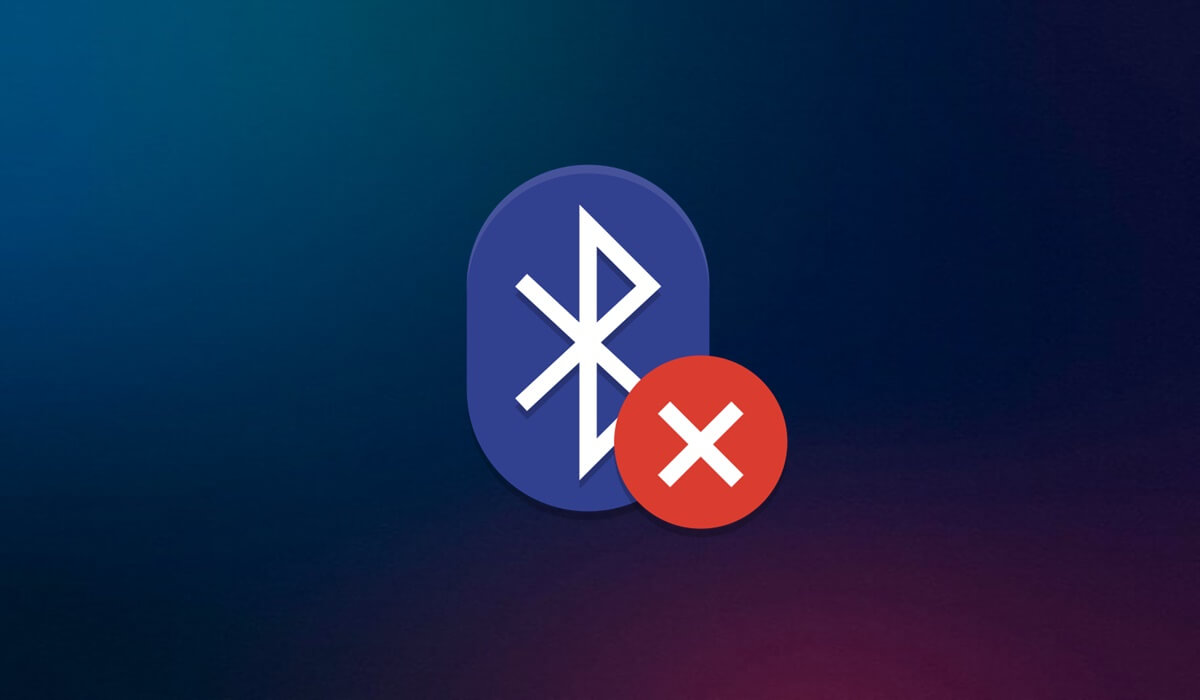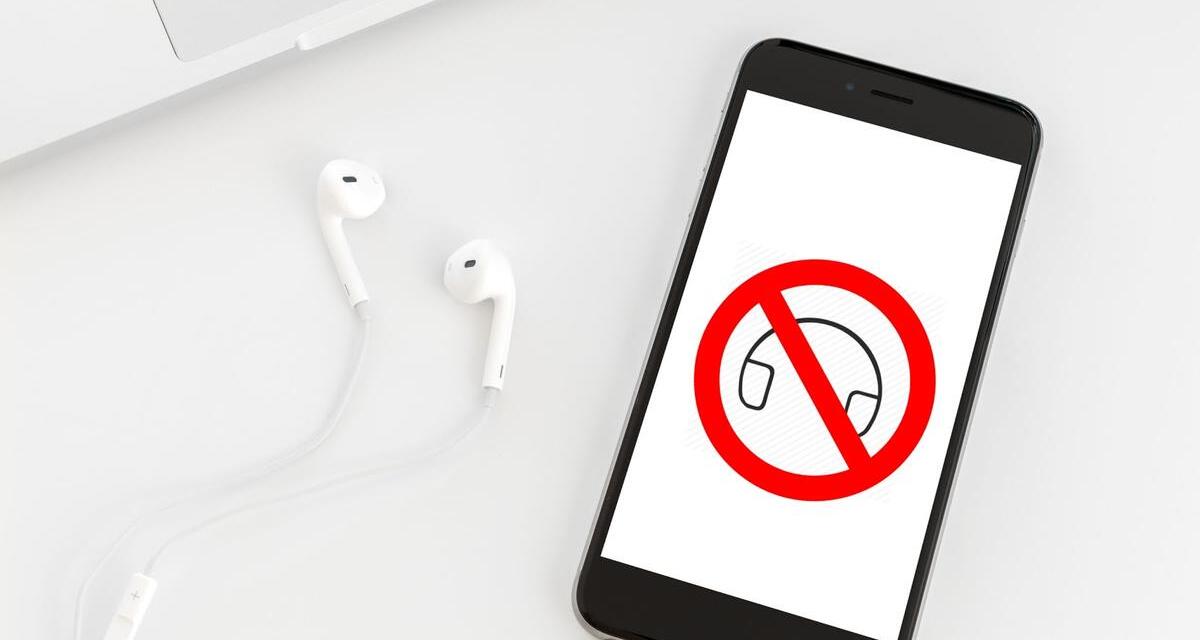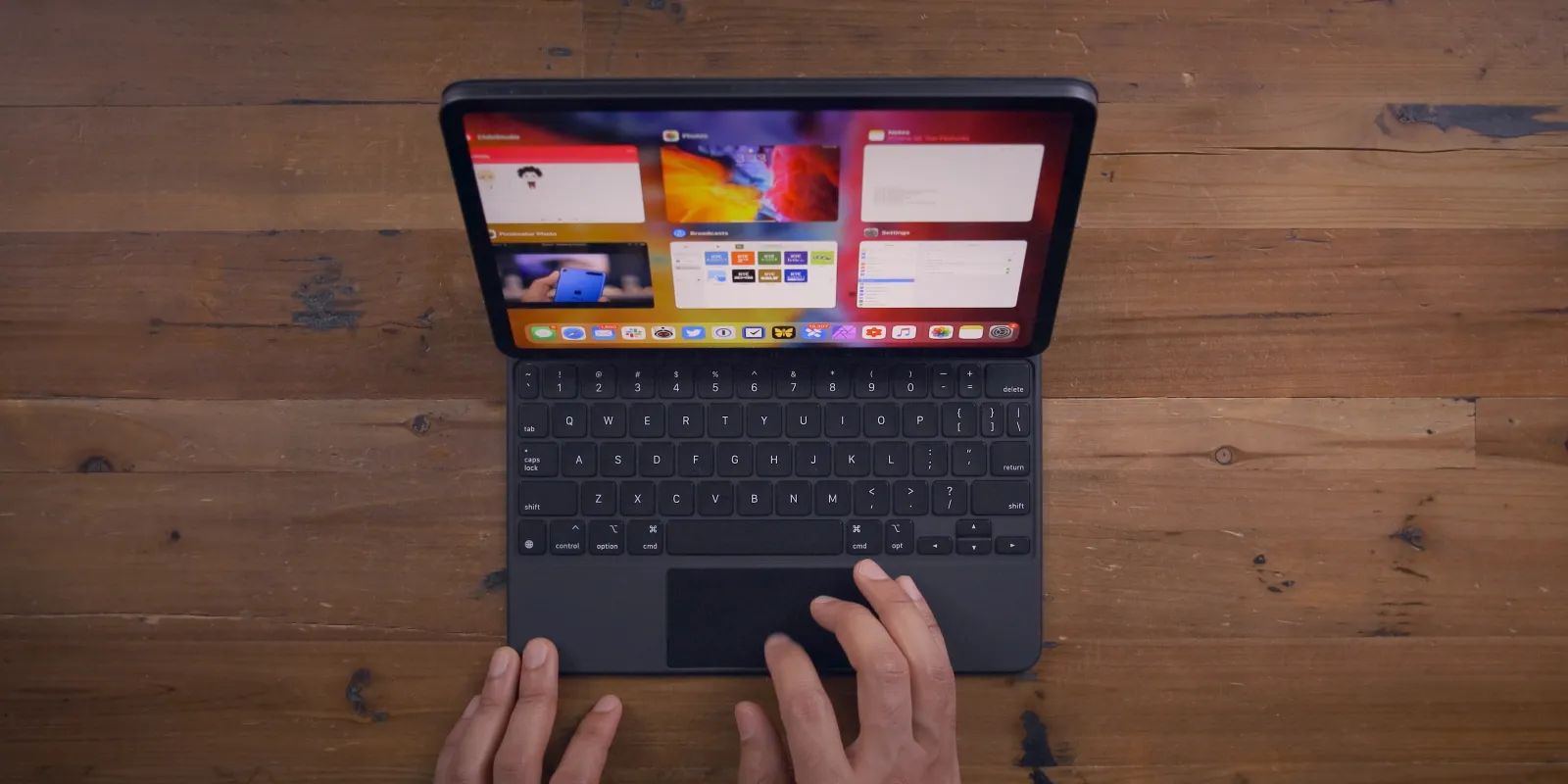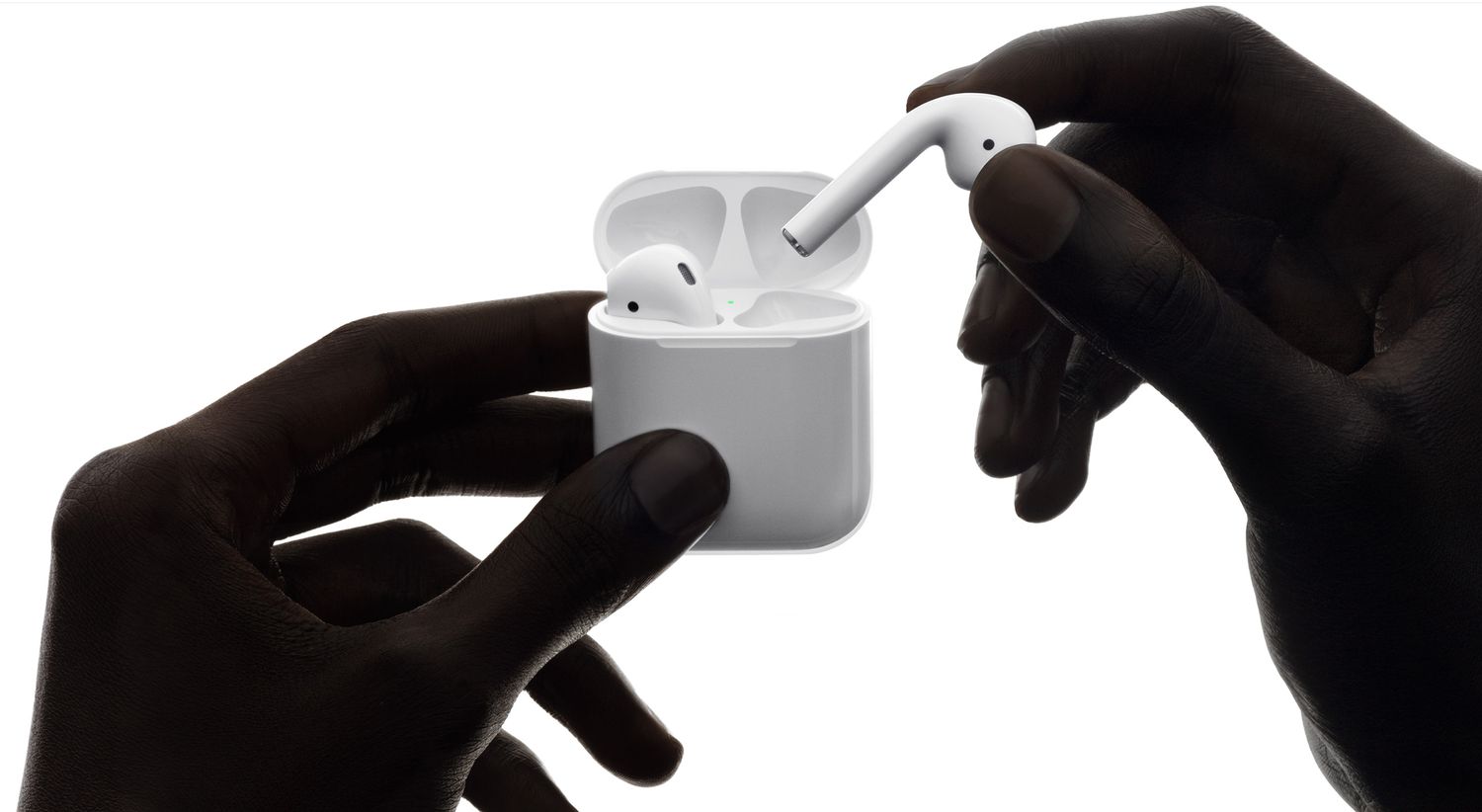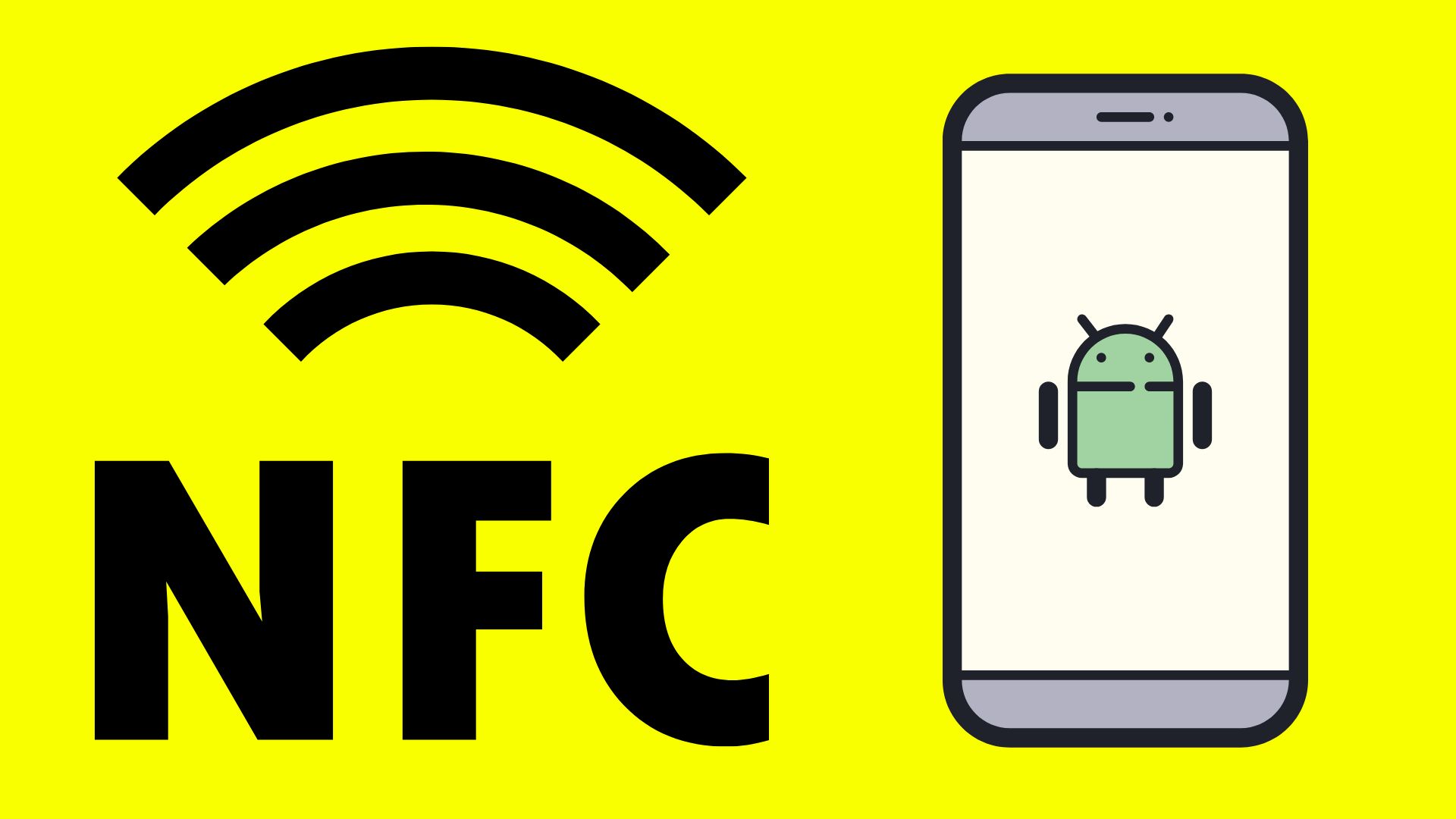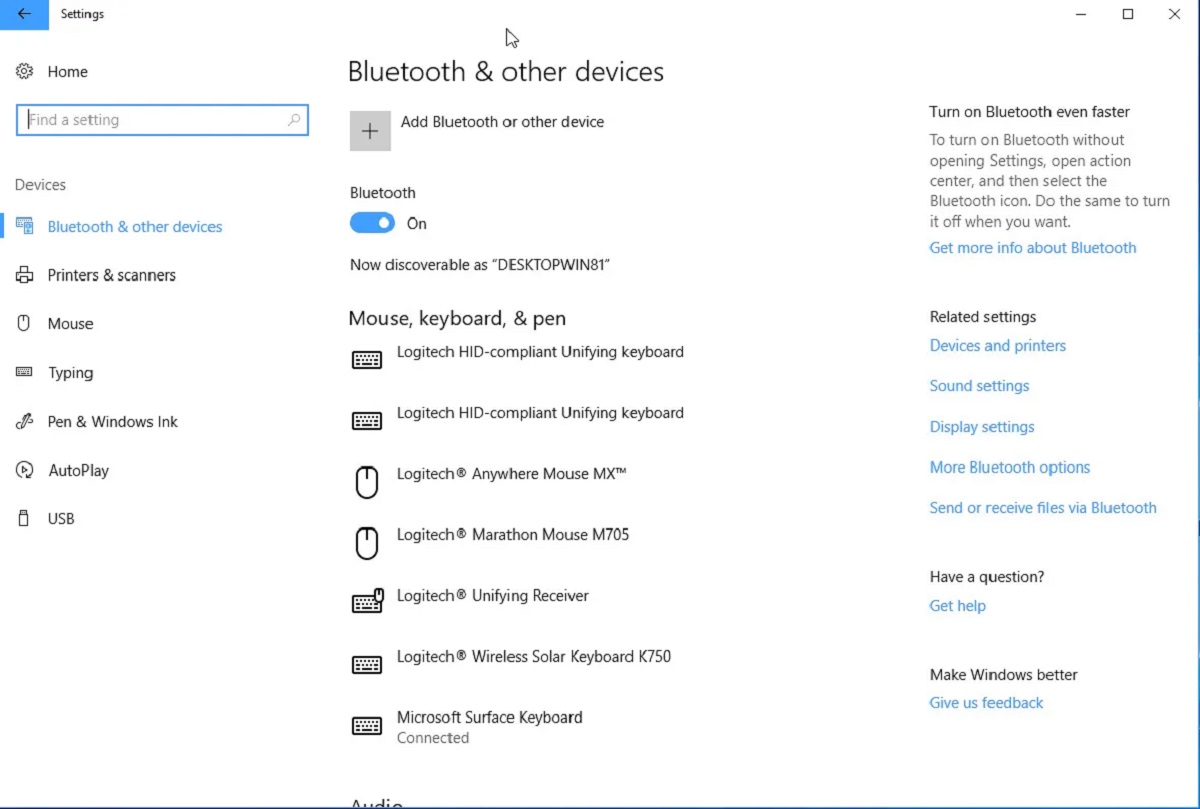Introduction
Bluetooth technology has become an integral part of our daily lives. It allows us to connect wirelessly to a whole range of devices, such as headphones, speakers, car audio systems, and smartwatches. However, you may have experienced a situation where your Bluetooth keeps turning on automatically, even when you don’t want it to.
This can be frustrating, as it drains your device’s battery and may result in unintended connections or interference with other devices. So, why does your Bluetooth keep turning on without your input?
There are several possible reasons for this automatic activation. In this article, we will explore these reasons and provide you with practical solutions to prevent your Bluetooth from turning on unintentionally. Whether you’re using an Android or iOS device, these methods can help you regain control over your Bluetooth settings and enhance your overall user experience.
So, if you’re tired of your Bluetooth turning on by itself, keep reading to discover the possible causes and effective solutions that can put an end to this inconvenience.
What is Bluetooth?
Bluetooth is a wireless communication technology that enables short-range data transfers between devices. It was originally developed by Ericsson in the 1990s as a way to replace traditional wired connections for audio devices. Since then, it has evolved into a widely used standard for connecting a variety of electronic devices.
The technology uses radio waves to establish a low-power, secure connection between two or more devices. This allows for seamless data transmission and communication without the need for physical cables or wires. Bluetooth operates in the 2.4 GHz frequency range and supports multiple profiles, including audio streaming, file transfer, and device control.
One of the key features of Bluetooth is its ability to connect devices quickly and easily. Pairing devices is typically a straightforward process that involves putting them into discovery mode and then selecting the desired device from a list. Once paired, the devices can automatically connect whenever they are within range.
Bluetooth is widely used in various applications, such as wireless headsets, speakers, keyboards, mice, fitness trackers, and smart home devices. It has become a ubiquitous technology that allows users to connect and interact with their devices more conveniently and wirelessly.
It’s important to note that Bluetooth technology has evolved over the years, with newer versions offering improved speed, range, and power efficiency. The most recent version, Bluetooth 5.0, introduced features such as longer range, faster data transfer speeds, and enhanced audio quality.
Now that we have a basic understanding of what Bluetooth is and how it works, let’s delve into the reasons why your Bluetooth may be turning on automatically.
Common Reasons Why Bluetooth Turns on Automatically
If you’ve been wondering why your Bluetooth keeps activating on its own, there are several possible reasons for this behavior. Understanding these common causes can help you identify and resolve the issue more effectively:
- Device Settings: In some cases, your device’s settings may be configured to automatically enable Bluetooth under certain conditions. For example, your device may have a setting that turns on Bluetooth when you restart or power on your device. Check your device settings to see if there are any options that automatically activate Bluetooth.
- Connected Devices: If you have previously paired your device with other Bluetooth-enabled devices, such as headphones or speakers, it’s possible that these devices are automatically connecting to your device when they are within range. This can trigger your device’s Bluetooth to turn on without your input. Check the settings of your connected devices to see if there is an option to disable automatic connection.
- Bluetooth Scanning: Some devices utilize Bluetooth scanning to discover nearby devices or networks. This feature allows your device to continuously search for available Bluetooth connections, which can lead to automatic activation of Bluetooth. Check your device’s Wi-Fi and Bluetooth scanning settings to see if there is an option to disable Bluetooth scanning.
- Rogue Apps: Certain apps on your device may have the ability to control Bluetooth settings. If a rogue app is programmed to automatically enable Bluetooth, it can cause your Bluetooth to turn on unexpectedly. Review your installed apps and check their permissions to see if any apps have access to your device’s Bluetooth controls.
- Bluetooth Cache and Data: Over time, your device’s Bluetooth cache and data can accumulate and become corrupted, which may result in unexpected behavior, like automatic Bluetooth activation. Clearing the Bluetooth cache and data can help resolve this issue. Look for the Bluetooth-related options in your device’s App settings and clear the cache and data.
- Network Settings: Problems with your device’s network settings can sometimes cause Bluetooth to activate automatically. Resetting the network settings can help resolve any conflicts or misconfigurations that might be triggering this behavior. Keep in mind that resetting network settings will also reset Wi-Fi and other network-related settings, so you may need to reconfigure them afterwards.
- Hardware or Software Issues: In some cases, hardware or software glitches can cause your device’s Bluetooth to behave erratically. These issues can be more challenging to diagnose and resolve. If you have tried the previous methods without success, it may be worth considering a factory reset of your device to rule out any underlying hardware or software problems.
By understanding these common reasons, you can now proceed to the next section where we will provide practical solutions to stop your Bluetooth from turning on automatically.
How to Stop Bluetooth from Turning on Automatically
If you’re tired of your Bluetooth turning on by itself, don’t worry – there are several effective methods you can try to regain control over your device’s Bluetooth settings. Here are some solutions that can help you stop Bluetooth from turning on automatically:
- Disable Bluetooth from Settings: The most straightforward method is to manually disable Bluetooth from your device’s settings. Open the Settings app, navigate to the Bluetooth section, and toggle off the Bluetooth option.
- Turn off Bluetooth from Quick Settings: Many devices have a Quick Settings panel that provides easy access to common settings, including Bluetooth. Swipe down from the top of your device’s screen to access the Quick Settings panel, and disable Bluetooth from there.
- Disable Bluetooth from Connected Devices: If your Bluetooth is turning on because it is automatically connecting to certain devices, you can prevent this by removing or forgetting those devices from your device’s Bluetooth settings. Go to the Bluetooth section in your device’s settings, find the list of connected devices, and remove or forget the ones that you don’t want to automatically connect to.
- Disable Bluetooth Scanning: To prevent your device from constantly scanning for Bluetooth connections, you can disable Bluetooth scanning. Look for the Bluetooth scanning options in your device’s Wi-Fi and Bluetooth settings and turn them off.
- Check for Rogue Apps: As mentioned earlier, certain apps may have the ability to control Bluetooth settings. Review your installed apps and check their permissions. If you find any suspicious apps or apps that have access to your device’s Bluetooth controls, consider uninstalling or disabling those apps.
- Clear Bluetooth Cache and Data: Clearing the Bluetooth cache and data can help resolve any corrupted data that may be causing your Bluetooth to turn on automatically. Look for the Bluetooth-related options in your device’s App settings, clear the cache, and delete the data.
- Reset Network Settings: If none of the above methods work, resetting your device’s network settings can help resolve conflicts or misconfigurations that may be causing Bluetooth to activate automatically. Keep in mind that this will also reset Wi-Fi and other network-related settings.
- Factory Reset your Device: If all else fails, you can consider performing a factory reset on your device. This will restore your device to its original settings and can help resolve any hardware or software issues that may be causing the automatic activation of Bluetooth. However, remember to back up your important data before performing a factory reset, as it will erase all data on your device.
By trying these different methods, you should be able to regain control over your device’s Bluetooth settings and prevent it from turning on automatically. Experiment with these solutions to find the one that works best for your specific device and situation.
Method 1: Disable Bluetooth from Settings
The simplest and most direct way to stop Bluetooth from turning on automatically is to manually disable it from your device’s settings. Here’s how you can do it:
- Unlock your device and open the Settings app.
- Navigate to the Bluetooth section. The exact location may vary depending on your device and operating system.
- Toggle off the Bluetooth option to disable it.
- Once disabled, your device’s Bluetooth will no longer turn on automatically unless you manually enable it again through the settings.
This method offers full control over your device’s Bluetooth settings and gives you the ability to turn it on or off as needed. However, it does require manual interaction each time you want to enable or disable Bluetooth.
Keep in mind that some devices may have additional options in the Bluetooth settings menu that allow you to customize the behavior or automatically turn off Bluetooth after a certain period of inactivity. Explore these options to further tailor your Bluetooth settings to your preferences.
Disabling Bluetooth from settings is a quick and straightforward solution that can help you prevent Bluetooth from turning on automatically. If this method doesn’t fully address the issue, continue reading to explore other potential solutions.
Method 2: Turn off Bluetooth from Quick Settings
If you want a more convenient and faster way to disable Bluetooth, you can utilize the Quick Settings panel on your device. Here’s how you can turn off Bluetooth from Quick Settings:
- Swipe down from the top of your device’s screen to access the Quick Settings panel. The method for accessing the Quick Settings panel may vary depending on your device and operating system.
- In the Quick Settings panel, you will see various icons representing different settings. Look for the Bluetooth icon, which typically features the Bluetooth logo.
- Tap on the Bluetooth icon to toggle it off. The icon may change color or show a slash through it to indicate that Bluetooth is now disabled.
- Once Bluetooth is turned off in the Quick Settings panel, your device’s Bluetooth will no longer automatically activate unless you manually enable it again through the Quick Settings or device settings.
This method provides a convenient way to quickly disable Bluetooth without the need to navigate through multiple menus or settings. It allows you to easily toggle Bluetooth on or off with just a few taps.
Note that the layout and appearance of the Quick Settings panel may vary across devices and operating systems. Some devices even allow you to customize the Quick Settings panel to include or rearrange different settings shortcuts. Explore your device’s settings to make sure Bluetooth is included in the Quick Settings panel and easily accessible for quick toggling.
By using the Quick Settings panel to turn off Bluetooth, you can have greater control over your device’s Bluetooth settings with just a swipe and a tap, making it a convenient method to prevent Bluetooth from turning on automatically.
Method 3: Disable Bluetooth from Connected Devices
If your Bluetooth keeps turning on because it automatically connects to certain devices, you can stop this behavior by removing or forgetting those devices from your device’s Bluetooth settings. Follow these steps to disable Bluetooth from connected devices:
- Open the Settings app on your device.
- Navigate to the Bluetooth section, where you’ll find a list of devices your device has connected to or paired with.
- Identify the devices that you don’t want your device to automatically connect to.
- Select each device and look for options such as “Forget,” “Disconnect,” or “Remove.” The exact wording may vary depending on your device and operating system.
- Tap on the option to remove or forget the device from your device’s Bluetooth settings.
By removing or forgetting the devices that you don’t want your device to automatically connect to, you can prevent your Bluetooth from turning on unexpectedly. This method is particularly useful if you have previously paired your device with devices such as headphones, speakers, or car audio systems that trigger Bluetooth activation when they are in proximity.
If you want to connect to these devices again in the future, you will need to manually re-pair them by following the standard pairing process. Keep in mind that removing or forgetting a device will erase its pairing information from your device’s memory.
Using the “Disable Bluetooth from Connected Devices” method gives you more granular control over your device’s Bluetooth connections, allowing you to choose which devices can automatically connect and which ones won’t. This can be especially helpful in preventing unintended Bluetooth activations.
Method 4: Disable Bluetooth Scanning
Bluetooth scanning is a feature that allows your device to search for nearby Bluetooth connections constantly. If your Bluetooth keeps turning on automatically, it may be due to this scanning feature. By disabling Bluetooth scanning, you can prevent your device from automatically activating Bluetooth. Here’s how you can do it:
- Open the Settings app on your device.
- Look for the Wi-Fi and Bluetooth settings section.
- In the Bluetooth settings, search for an option related to Bluetooth scanning.
- Toggle off the Bluetooth scanning option to disable it.
By disabling Bluetooth scanning, your device will no longer actively search for nearby Bluetooth connections. This can help prevent your Bluetooth from automatically turning on.
Keep in mind that disabling Bluetooth scanning may limit the functionality of some apps that rely on Bluetooth connectivity to discover nearby devices or networks. However, it can be an effective solution if you don’t frequently use such apps and want to stop the automatic activation of Bluetooth.
Take note that the exact location and naming of the Bluetooth scanning option may vary depending on your device and operating system. If you can’t find it in the Bluetooth settings, check the Wi-Fi settings or search for it in the main settings search bar.
By disabling Bluetooth scanning, you can have more control over your Bluetooth activation and prevent your device from constantly scanning for connections, reducing the automatic activation of Bluetooth.
Method 5: Check for Rogue Apps
Some apps on your device may have the ability to control Bluetooth settings, and if a rogue app is programmed to automatically enable Bluetooth, it can cause your Bluetooth to turn on unexpectedly. Checking for rogue apps can help you identify and resolve this issue. Here’s how:
- Open the Settings app on your device.
- Go to the “Apps” or “Applications” section.
- Look for any suspicious or unfamiliar apps that you don’t remember installing or that you suspect may be causing the automatic activation of Bluetooth.
- Select the app and navigate to its settings or permissions.
- Check if the app has access to your device’s Bluetooth controls or any settings related to Bluetooth.
- If you find a rogue app or an app with unnecessary Bluetooth permissions, consider uninstalling or disabling it.
By identifying and removing any rogue apps or apps with unwanted Bluetooth permissions, you can eliminate potential sources of automatic Bluetooth activation.
It’s important to exercise caution when uninstalling or disabling apps, especially if you’re unsure about their origins or purposes. Take note of any important data or functionalities associated with the app before proceeding, and consider seeking assistance from a knowledgeable source if you’re unsure about an app’s nature.
Regularly reviewing your installed apps and their permissions can help prevent unexpected behavior, not only with Bluetooth but with other features of your device as well.
By checking for rogue apps, you can ensure that only trusted and necessary apps have access to your device’s Bluetooth controls, reducing the likelihood of automatic Bluetooth activation.
Method 6: Clear Bluetooth Cache and Data
Over time, your device’s Bluetooth cache and data can accumulate and become corrupted, leading to unexpected behavior such as automatic Bluetooth activation. Clearing the Bluetooth cache and data can help resolve this issue. Here’s how you can do it:
- Open the Settings app on your device.
- Navigate to the “Apps” or “Applications” section.
- Look for the app settings related to Bluetooth. It may be named “Bluetooth” or “Bluetooth Share”.
- Tap on the Bluetooth app to access its settings.
- Select the “Storage” or “Storage & Cache” option.
- Tap on “Clear Cache” and confirm the action if prompted.
- Optionally, you can also tap on “Clear Data” to remove any stored Bluetooth data, but be aware that this will erase any Bluetooth pairing history or saved connections.
Clearing Bluetooth cache and data can help eliminate any corrupted files or settings that may be causing Bluetooth to turn on automatically. It essentially resets the Bluetooth module on your device.
It’s important to note that clearing the Bluetooth cache and data will remove any paired devices and Bluetooth settings on your device. After clearing the cache and data, you may need to re-pair your devices and set up any Bluetooth settings again.
Remember to exercise caution when clearing the data, as it will remove all Bluetooth data including pairing history, which may require you to manually re-pair your devices.
By clearing the Bluetooth cache and data, you can refresh the Bluetooth module on your device and resolve any issues that may be causing automatic Bluetooth activation.
Method 7: Reset Network Settings
If the previous methods have not resolved the issue, resetting your device’s network settings can help address conflicts or misconfigurations that may be causing Bluetooth to turn on automatically. Here’s how you can reset network settings:
- Open the Settings app on your device.
- Go to the “System” or “General Management” section.
- Look for an option related to “Reset” or “Reset Network Settings”. The exact location and naming may vary depending on your device and operating system.
- Select the option to reset your network settings.
- Confirm the action if prompted.
Resetting network settings will remove your current network configurations, including Wi-Fi connections, cellular settings, and Bluetooth pairings. Afterward, you may need to re-enter Wi-Fi passwords and re-pair Bluetooth devices.
By resetting network settings, you can eliminate any network-related conflicts or misconfigurations that may be causing your Bluetooth to activate automatically. This can help restore the Bluetooth functionality to its default state and resolve any issues that were triggering automatic activation.
However, it’s important to note that resetting network settings will affect other network-related functionalities of your device, so you may need to reconfigure your Wi-Fi and cellular settings afterward.
If none of the previous methods have resolved the issue, resetting network settings can be a more comprehensive approach to addressing the automatic activation of Bluetooth.
Method 8: Factory Reset your Device
If all else fails and your Bluetooth still turns on automatically, you may consider performing a factory reset on your device. Resetting your device to its factory settings will restore it to the original state when you first purchased it. Here’s what you need to do:
- Before performing a factory reset, ensure that you have backed up all your important data, as this process will erase everything on your device.
- Open the Settings app on your device.
- Go to the “System” or “General Management” section.
- Look for an option related to “Reset” or “Factory Reset”. The exact location and naming may vary depending on your device and operating system.
- Select the option to perform a factory reset.
- Follow the on-screen prompts to confirm and proceed with the factory reset.
It’s important to note that a factory reset will erase all data, settings, apps, and accounts from your device. Once the process is complete, your device will be restored to its original factory state. You will need to set up your device again, reinstall apps, and reconfigure settings.
A factory reset is a drastic measure and should only be considered as a last resort when all other troubleshooting methods have failed. It can help resolve deep-seated software or firmware issues that may be causing the automatic activation of Bluetooth. However, exercise caution and make sure to back up your data before proceeding.
Keep in mind that a factory reset will not fix hardware-related problems with your device’s Bluetooth functionality. If the automatic activation persists after a factory reset, it’s advisable to seek professional assistance or contact the manufacturer for further support.
By performing a factory reset, you can potentially resolve any stubborn software or firmware issues that are causing your Bluetooth to turn on automatically. However, remember to back up your important data and be aware that this process will erase everything on your device.
Conclusion
Experiencing the automatic activation of Bluetooth on your device can be frustrating, but there are several effective methods to regain control over your Bluetooth settings. By implementing the methods outlined in this article, you can prevent Bluetooth from turning on automatically and improve your overall user experience.
We discussed various reasons why Bluetooth may turn on automatically, including device settings, connected devices, Bluetooth scanning, rogue apps, Bluetooth cache and data, network settings, and potential hardware or software issues. Each method we explored provides a unique solution to address these causes and mitigate automatic Bluetooth activation.
From disabling Bluetooth through device settings or quick settings panel to removing or forgetting connected devices, disabling Bluetooth scanning, checking for rogue apps, clearing Bluetooth cache and data, resetting network settings, and performing a factory reset – these methods offer a range of options to suit different situations.
It’s important to note that the effectiveness of each method may vary depending on your device’s make and model, as well as the version of the operating system. It’s recommended to try multiple methods and experiment to find the one that works best for your specific device and scenario.
Remember to exercise caution when performing tasks that involve resetting or erasing data, such as factory reset or clearing Bluetooth cache and data. Always back up your important data before proceeding to avoid any potential loss.
By implementing these methods, you can take control of your device’s Bluetooth settings and prevent it from turning on automatically. This will not only help conserve your device’s battery but also prevent unintended connections and interference with other devices.
If you find that none of the methods provided in this article resolve the issue or if you encounter persistent problems with your device’s Bluetooth functionality, it’s advisable to seek professional assistance or contact the manufacturer for further support.
Ultimately, with the right approach and troubleshooting methods, you can successfully stop your Bluetooth from turning on automatically and enjoy a more seamless and personalized experience with your device.







